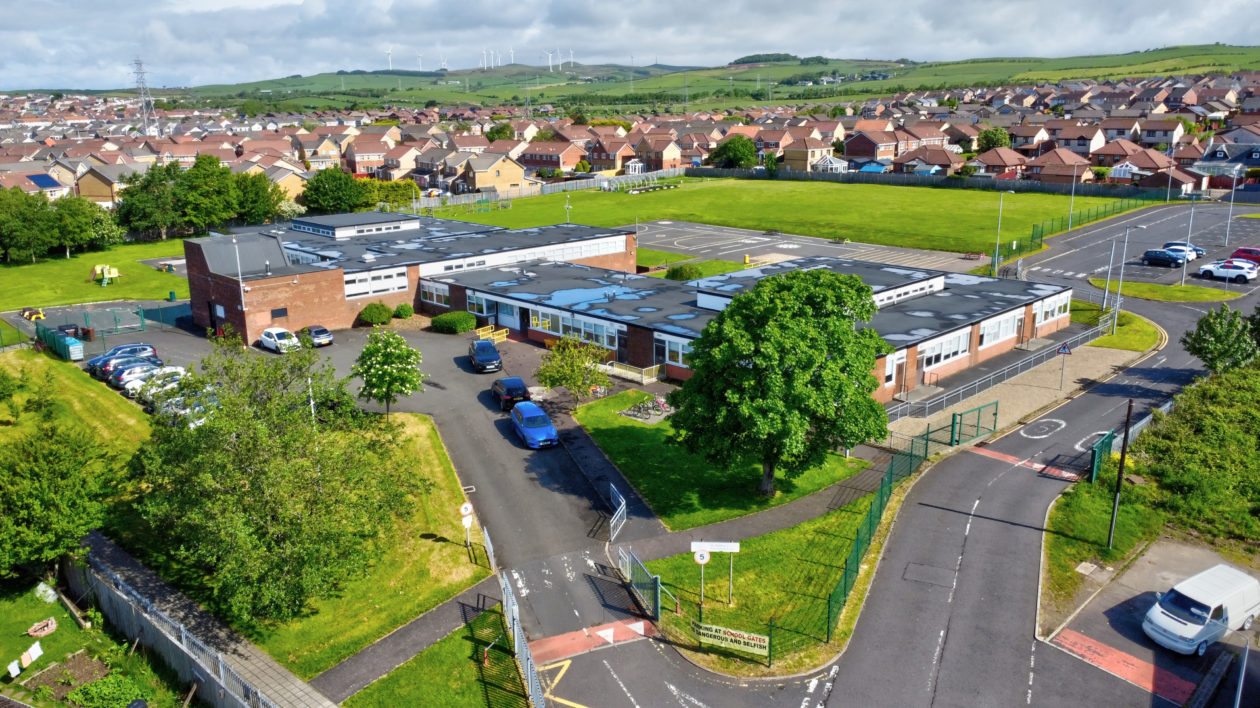What is Curriculum for Excellence?
Aim
Curriculum for Excellence is intended to help children and young people gain the knowledge, skills and attributes needed for life in the 21st century, including skills for learning, life and work.
Purpose
Its purpose is often summed up as helping children and young people to become:
- Successful learners
- Confident individuals
- Responsible citizens
- Effective contributors.
These are referred to as the four capacities.
What is the curriculum and what does it include?
Curriculum for Excellence is designed to achieve a transformation in education in Scotland by providing a coherent, more flexible and enriched curriculum from 3 to 18. The term curriculum is understood to mean – everything that is planned for children and young people throughout their education, not just what happens in the classroom.
Curriculum for Excellence includes four contexts for learning:
- Curriculum areas and subjects
- Interdisciplinary learning
- Ethos and life of the school
- Opportunities for personal achievement.
Key elements
Curriculum levels and stages
The curriculum has two stages: the broad general education (from the early years to the end of S3) and the senior phase (S4 to S6).
The broad general education has five levels (early, first, second, third and fourth). The senior phase is designed to build on the experiences and outcomes of the broad general education, and to allow young people to take qualifications and courses that suit their abilities and interests.
Curriculum areas
There are eight curriculum areas:
- Expressive arts
- Health and wellbeing
- Languages (including English, Gaidhlig, Gaelic learners and modern languages)
- Mathematics
- Religious and moral education
- Sciences
- Social studies
- Technologies.
Literacy, numeracy and health and wellbeing are recognised as being particularly important – these areas are seen as being the ‘responsibility of all’ staff.
Principles of curriculum design
There are seven broad principles that practitioners should take into consideration when planning children’s learning:
- Challenge and enjoyment
- Breadth
- Progression
- Depth
- Personalisation and choice
- Coherence
- Relevance



